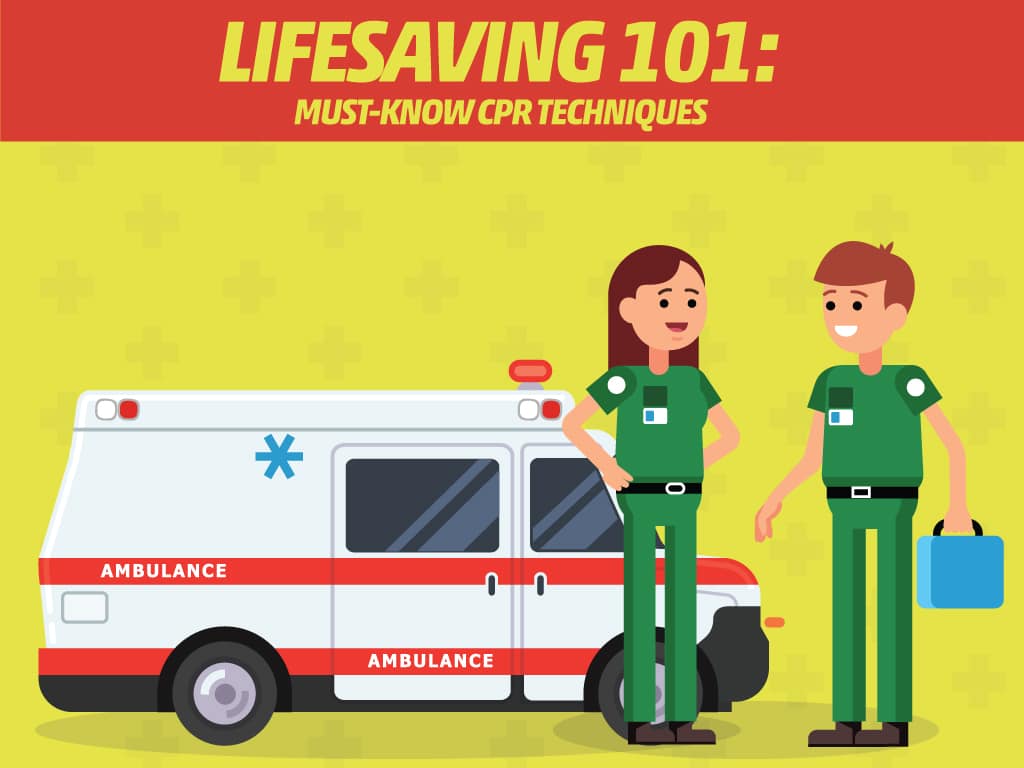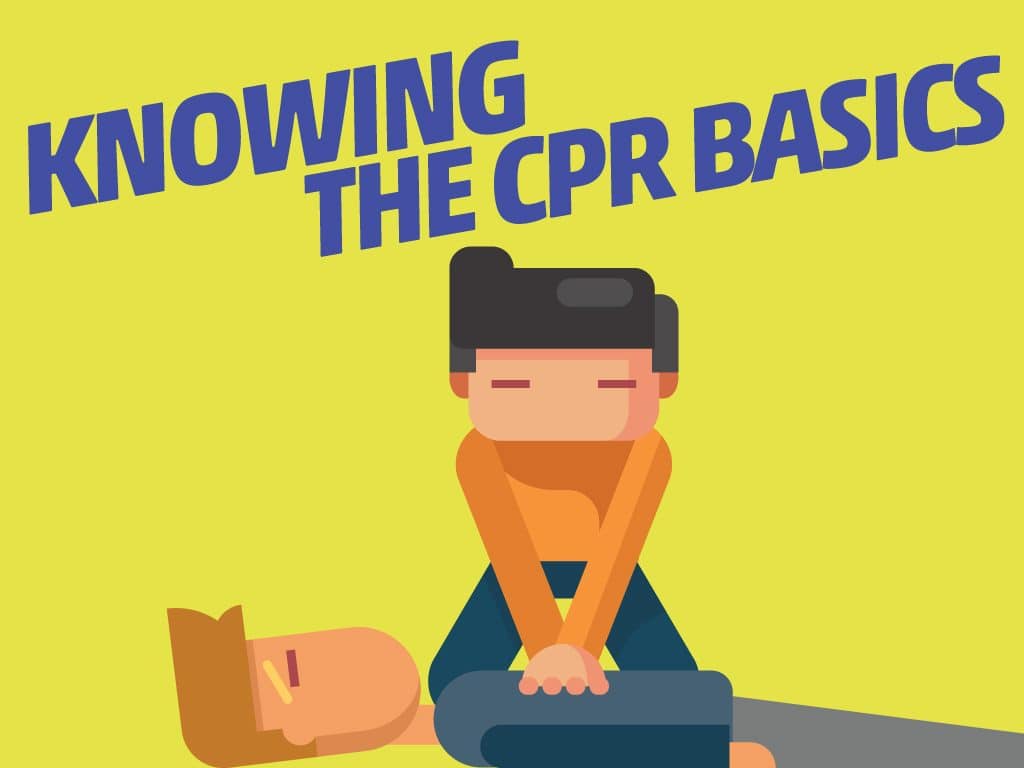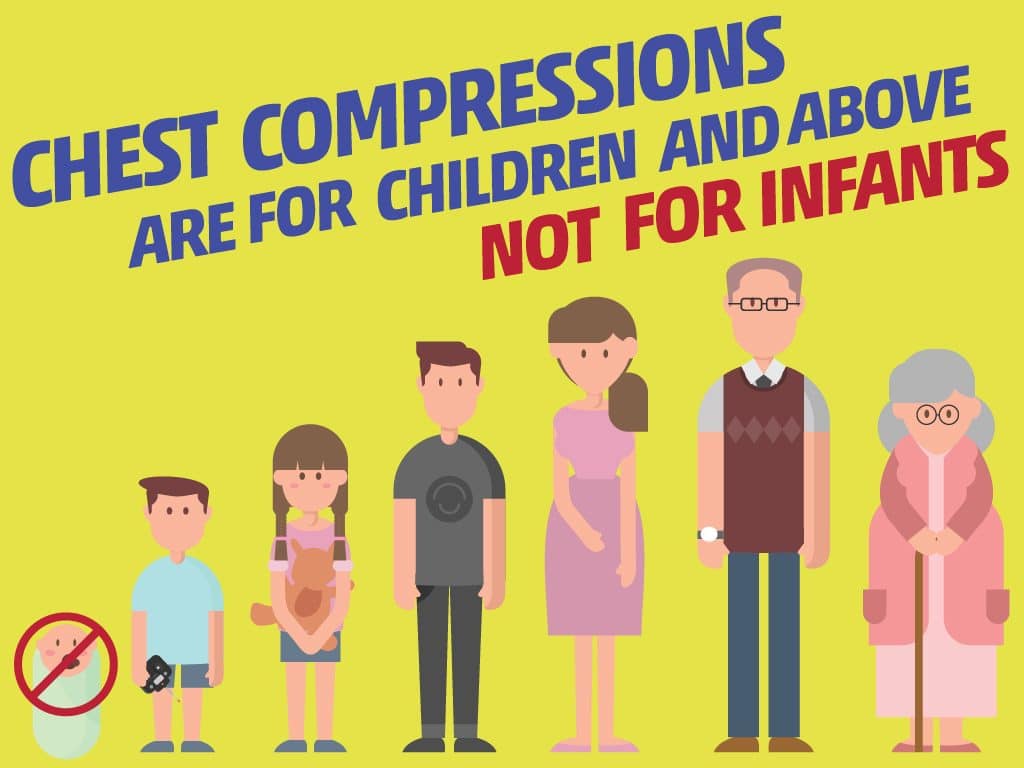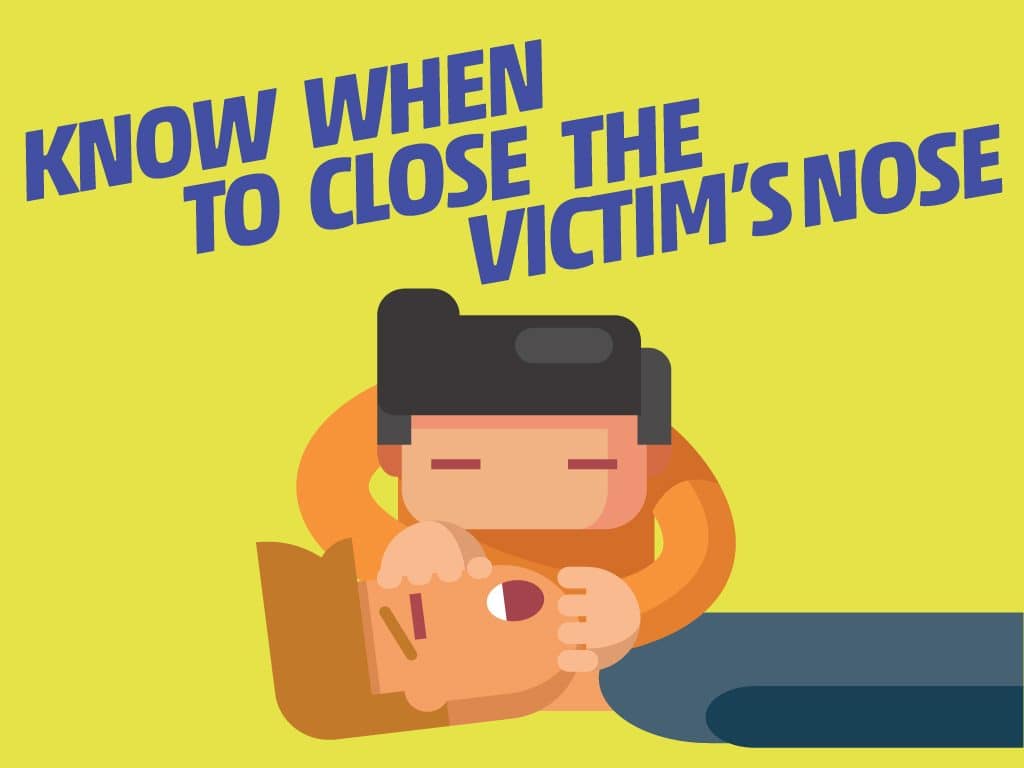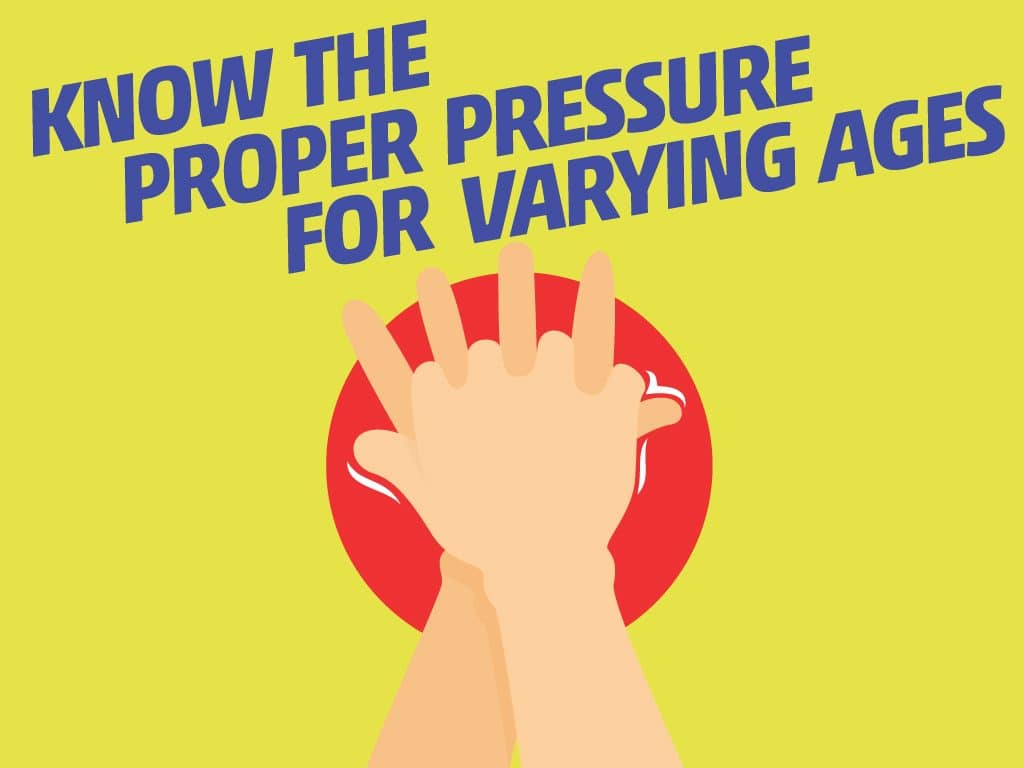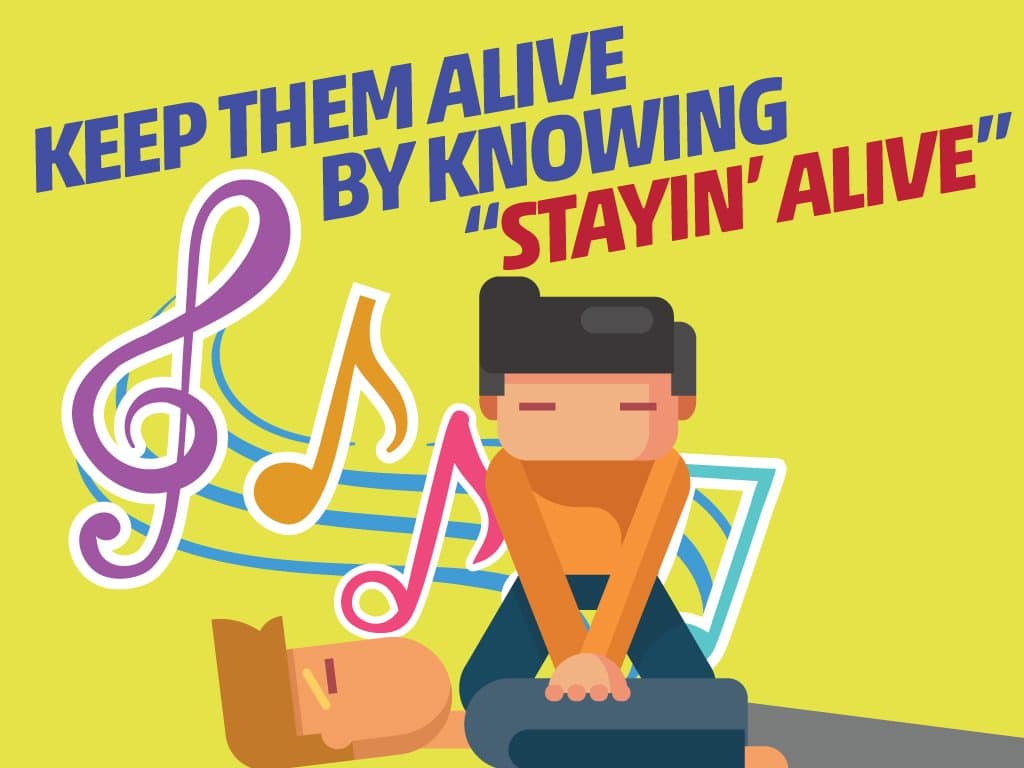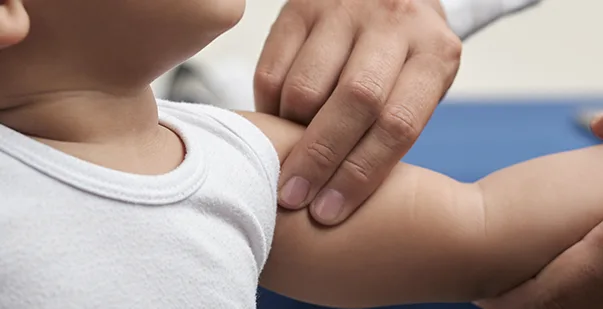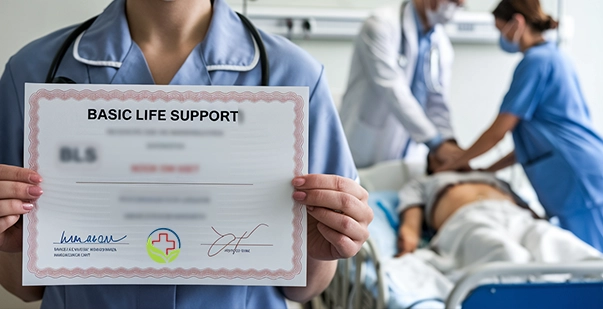When a hospitalized victim’s heart stops beating, doctors and hospital staff immediately turn to the latest technology to restart the victim’s heart. However, when a person experiences cardiac arrest as far from the hospital as possible, the only way for them to survive that life-threatening event is for a person that has adequate CPR training to perform cardiopulmonary resuscitation.
This is entirely true, as having ample knowledge about CPR can ultimately save a life before the paramedics show up. As George Rome, a nurse from Baton Rouge General Medical Center and CPR certified Instructor, stated, “In the field, all you have is CPR to rely on.”
There are many varying factors that may contribute to a person suddenly experiencing cardiac arrest. According to Rome, for most adults, cardiac arrest is mostly caused by arrhythmia or heart disease. Then for teenagers and young adults, the most common cause of cardiac arrest is an overdose of prescription or illegal drugs. For children, the likelihood of cardiac arrest happening is low, but it does happen through accidents and instances of drowning. Lastly, for infants, the most common cause is respiratory illnesses. Rome specified that “It causes them to have a lot more mucus and not breathe as well.”
It is highly encouraged by all experts that have gone through CPR training and certification that all people that are in close proximity to infants and children take up CPR training and certification. It just takes an hour of a person’s time, but it can definitely lead to you saving a life. If you cannot spare an hour of your daytime, you can opt to take up CPR certification classes online at the American Health Care Academy.
For how long does cpr certification last? Online CPR certification lasts 2 years after which you can renew it when it’s near expiry.
Here are tips recommended by experts that could get you ready for any emergency or accidents:
Always Dial 911
“A lot of times, you first want to call 911 on an adult. On an infant, it’s usually not something cardiac that’s causing the arrest. It’s usually something respiratory. So if you start CPR first, that will help and get them breathing again”, said George Rome. However, to best deal with the incident, dial 911, and put them on the speaker to listen to their instructions regarding the compressions or hands only CPR or how you can properly perform CPR.
Knowing the CPR Basics
As experts recommend, the placement of the hands should just be below the line where the nipples of the person are aligned – it doesn’t matter whether it is on adults, children, or babies. After positioning your hands, perform 30 chest compressions then give 2 breaths. Repeat the process over and over again until the person shows signs of breathing or their heart starts beating. Always remember that your hands should always be in the middle of the breast bone, if not, you can risk breaking their ribs.
Chest Compressions are for Children and above, not for Infants
Instead of chest compressions, the American Heart Association recommends that you only perform mouth to mouth breathing on the infant. CPR that involves hand-use means that you can only perform compressions at a rate of 100 to 120 beats per minute. Take infant CPR classes to know more.
Know When to Close the Victim’s Nose
For mouth-to-mouth breathing, the pinching of the nose is a common move. However, for infants, you should not pinch their nose but instead, breathe into both their mouth and nose. You have to ensure that all the air you are giving them is received. If the infant’s chest does not expand during the process of mouth-to-mouth breathing, move or tilt their head slightly and try again.
Know the Proper Pressure for Varying Ages
Here’s what you need to know regarding the proper pressure to apply:
- Infants – If chest compression is necessary, compress the chest by using only your index and middle fingers.
- Children – Only apply chest compressions through the use of the palm of one hand.
- Adults – Go back to basics and use both your hands.
Keep Them Alive by Knowing “Stayin’ Alive”
The normal rate for chest compressions is between 100 to 120 beats per minute. This is, coincidentally, the same beat as the Bee Gees classic “Stayin’ Alive” as the American Heart Association concluded. However, most people do not know the song and that is why it is important to know this manner of counting: “one and two and three and four” at a fast pace.
Don’t Give Up
Lastly, the most important thing for you to do is not to give up on the victim. It’s either you stop until they start responding or until the authorities arrive and take matters into their expert hands.
Key Takeaway
Here are some statistics that necessitate the ability to perform CPR:
- One in seven people gets to perform CPR on a victim
- In the United States, and upwards of 650,000 people die from a heart attack annually
- Before reaching the hospital, almost 350,000 people die immediately
- Brain damage or death begins when the victim has experienced a cardiac arrest for more than 4 to 6 minutes
- Annually, there are 500,000 instances of stroke in the United States
- Annually, the United States has 6,000 drowning incidents and 3,100 airway obstruction incidents
These are just some of the reasons why you should take first aid and CPR course online. However, the decision still falls on you. Make the world a better place by having the ability to save a life – it may never happen, but it is always better to be ready than be caught off guard.




